11 Myths About Exercising After 50 and the Facts to Prove Them Wrong
8 minute read
While our bodies naturally lose muscle mass as we age, a process known as sarcopenia, and various other systems in the body begin to deteriorate in function, there is no reason why you cannot still live a fun, active lifestyle. The secret to this is, of course, getting in shape, and that means working out.
Unfortunately, there a various false rumors out there trying to tell you that you can’t do it. These canards are not to be trusted. Instead, let’s do some myth-busting
1. It’s Too Late to Start
A common misconception when it comes to working out is that you have to start at a certain time or age. That simply isn’t true.
Fitness personalities on television or various forms of media linger around the same age, but that doesn’t mean you have to fit the same mold. American Physical Therapy Association spokeswoman, Alice Bell, PT, DPT strives to make it clear that there is no right or wrong age to start working out and reep the benefits that come from physical activity.
She states, “studies show that individuals who adopt an active lifestyle at any age can demonstrate improvements in strength, endurance, balance and cognitive performance.”
It’s never too late to start exercising.
2. It’s Too Much of a Risk
While the same can be said at any age, this misconception comes from the fear of falling while exercising. However, this issue can easily be thwarted and avoided by working on stabilizing and strengthening your own balance and stability.
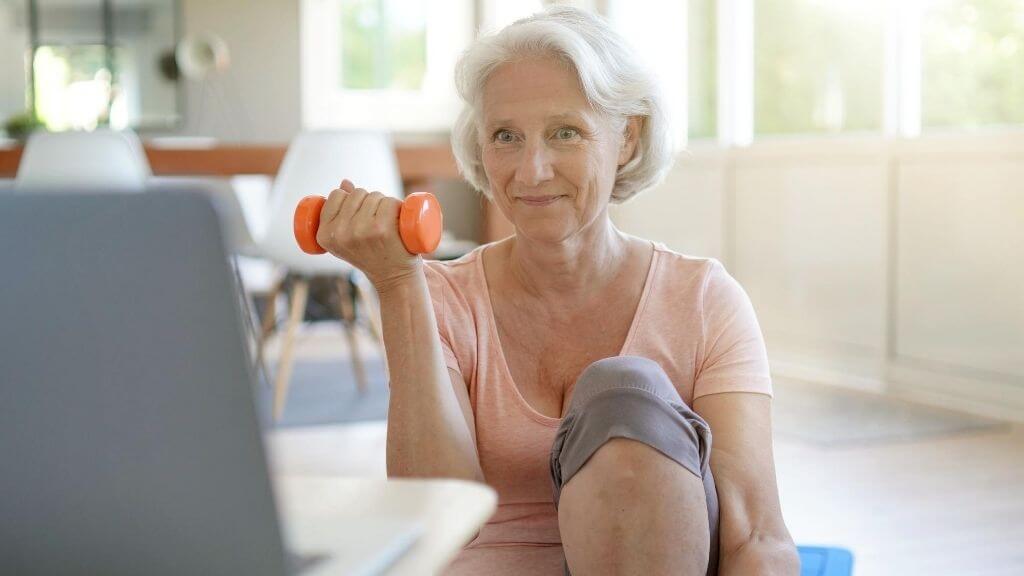
Developing a program with stability at the focus, it not only betters your balance but is also exercise in itself, which can be the perfect way to start off before jumping head first into a vigorous exercise program.
3. I Have Bad Knees
“Bad knees” can come from age, accidents, and/or genetics, but a surefire way to ease knee pain is to exercise the knees. Many physical therapists and personal trainers alike state that squats are an integral way to building up the strength needed to reduce the pain.
4. I Suffer From Arthritis and Don’t Want to Worsen It
A popular misconception with arthritis is that exercise can worsen the joints, but the exact opposite typically occurs. According to the Mayo Clinic, exercise is absolutely critical for those with arthritis.
What actually stiffens your joints is living a more sedentary lifestyle, as exercise strengthens surrounding muscles that support and maintain bones
5. I’ll Get Too Bulky if I Lift Weights
This is another common misconception that comes with strength training and women. Over the years, weight lifting has become synonymous with bodybuilding, leading those who are just starting out, to fear gaining mass and looking like a professional wrestler.
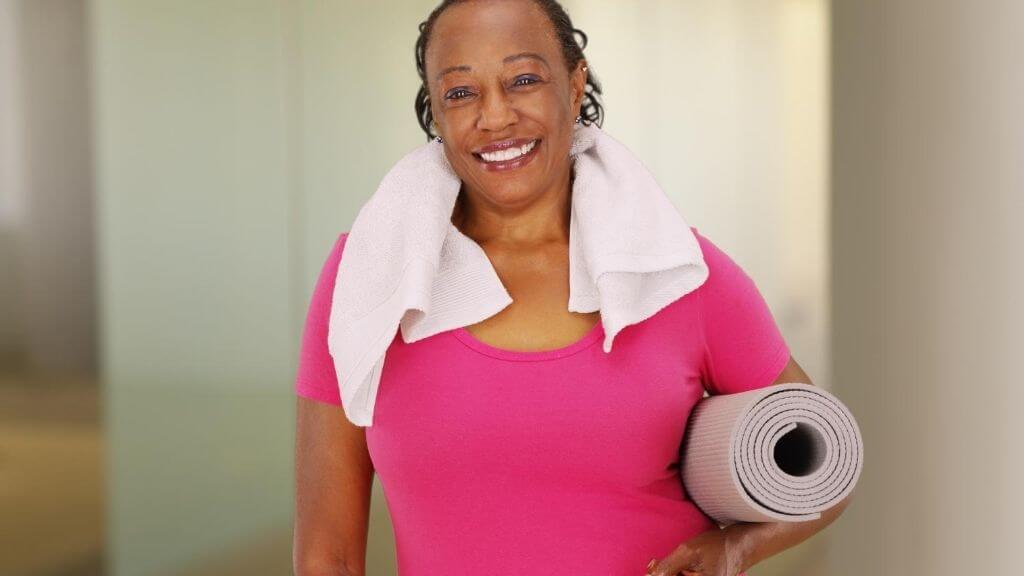
According to Jonathan Sullivan MD, PhD, SSC, weight lifting is perfect for toning the body. Sullivan states, “Women lose muscle, bone, and strength faster than men, making weight training a critical part of any woman’s fitness program,” he continues “Woman can and should engage in training, including strength training, with the same exercises and programs that benefit men.”
6. Exercising My Mind Is Much More Important
Yes, exercising your mind is absolutely important, but have you ever heard the age-old idiom: “healthy body, healthy mind”? Studies show that exercise can fight against depression.
According to a study performed by Harvard University, “Exercising starts a biological cascade of events that results in many health benefits, such as protecting against heart disease and diabetes, improving sleep, and lowering blood pressure.”
Exercising also commonly releases endorphins that over time, help combat depressive episodes and spark significant positive reactions in the brain.
7. I Don’t Want to Exercise Alone
When you’re just starting out with exercise, it seems much easier to do so with a workout buddy. It’s easy to write off your friends or family as not wanting to exercise, but make sure you ask them before assuming they won’t join you. Sometimes friends are looking for the same little push to start up their routine as you are.
| Related: The 21-Day Walking Challenge Is a Perfect Exercise Starting Point |
If you find yourself with a handful of “no thank you’s,” don’t let that deter you. Joining an exercise class is the perfect way to meet new workout buddies!
8. I Just Started Out, I Can’t Keep Up with a Class
There are classes for all different kinds of activities at all different skill levels, which means that finding a class that both matches your interests and fitness level won’t be as difficult as you think.
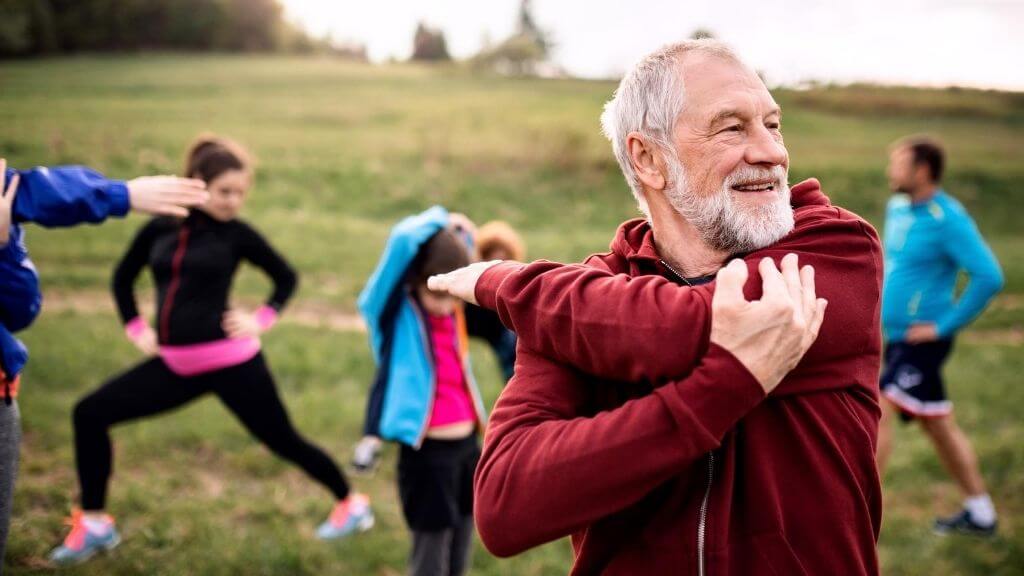
It’s become easier and easier to look up classes in your area that cater to various aspects of your life, including your age and athleticism. It’s important to realize that everybody starts somewhere.
9. I Can’t Afford it
Although classes can definitely help get you going, they are absolutely not necessary to start an exercise regimen. Exercise DVDs are available at local libraries and often time, there are digital versions that can be checked out online.
YouTube also hosts an abundant amount of exercise routines that can help you get started. However, if you are looking for that fitness class setting check your local YMCA, community centers, parks, or even Groupon for budget-friendly classes.
10. I’m Too Stiff
If you’ve lived a particularly sedentary life, then stiffness and tightness of muscles are definitely a possibility. However, you can improve your flexibility and reduce tightness with practice.
According to a UC Davis study, adding a morning stretch routine or following along with a beginner yoga video can do wonders for your strength, balance, and even overall well-being as stretching “allows muscles to be well circulated and ultimately healthier.”
11. I Have a Weak Heart
Various studies indicate that “Physical inactivity is a modifiable risk factor for cardiovascular disease and a widening variety of other chronic diseases, including diabetes mellitus, cancer (colon and breast), obesity, hypertension, bone and joint diseases (osteoporosis and osteoarthritis), and depression.”
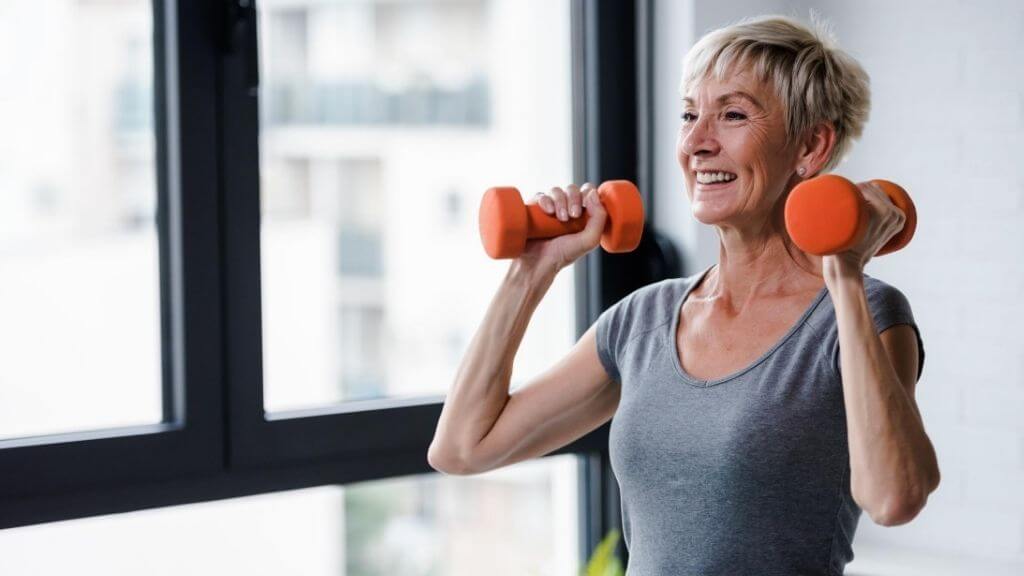
According to one study, both men and women that included a new exercise regimen in their lives saw a 20% to 35% drop in cardiovascular risk levels, meaning that their risk of death caused by a cardiovascular incident dropped dramatically in just a matter of months.
Adding exercise into your life can not only help strengthen the muscles and bones but can also give new life to an exhausted heart.
The Bottom Line
Aging is not a good reason for letting yourself become inactive in your daily life. In fact, staying active only becomes more important the older you get.
With that in mind, you should do all you can to stay active in body and mind. The more you do now, the more you’ll have to enjoy later.





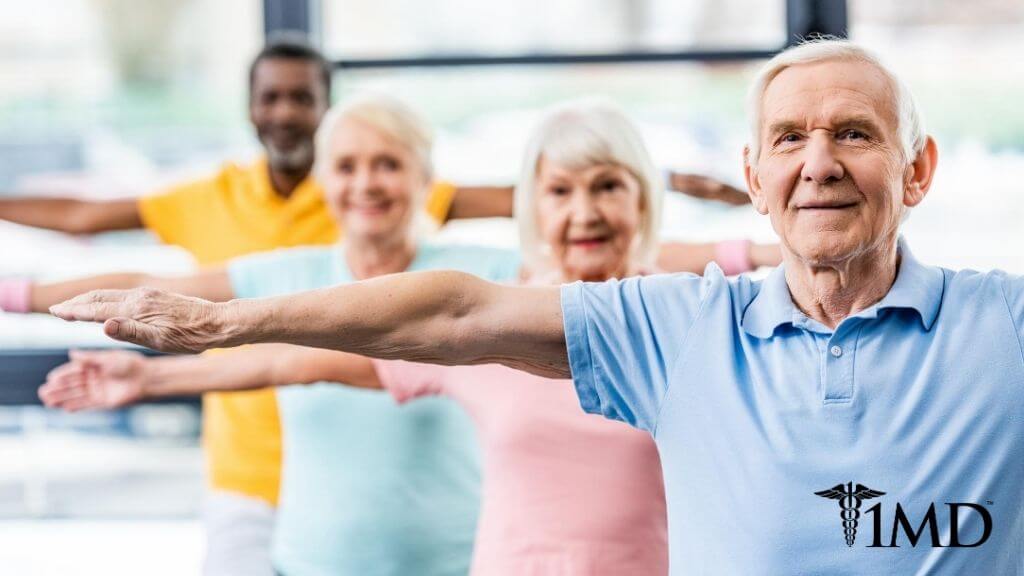





 Health Guides
Health Guides
 Latest Research
Latest Research


